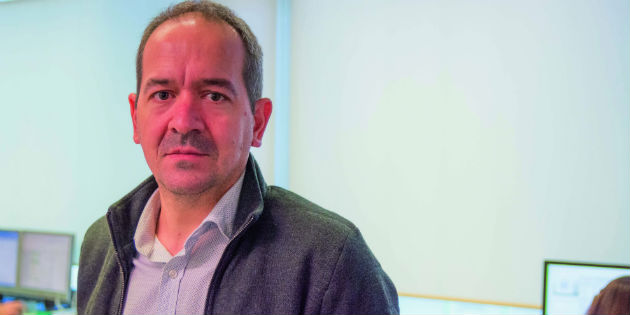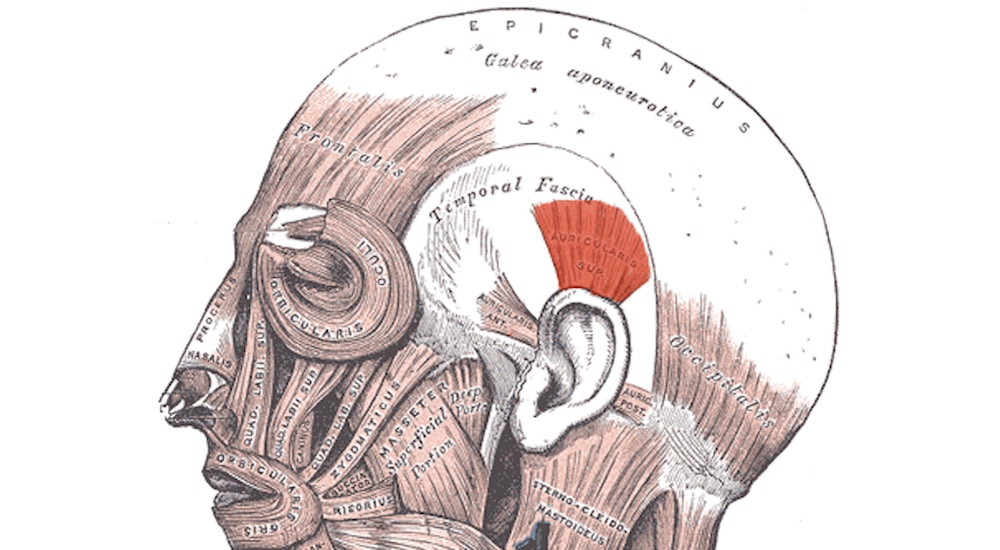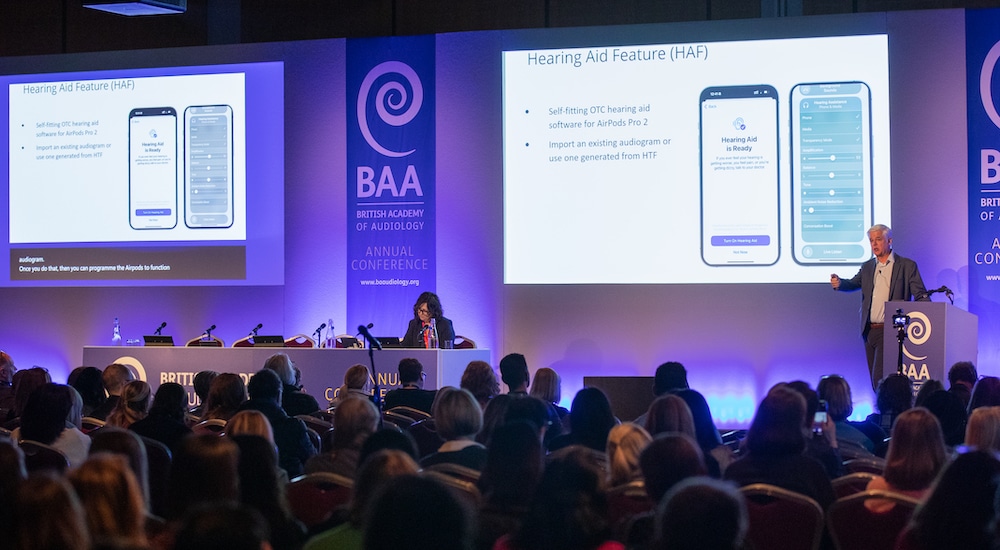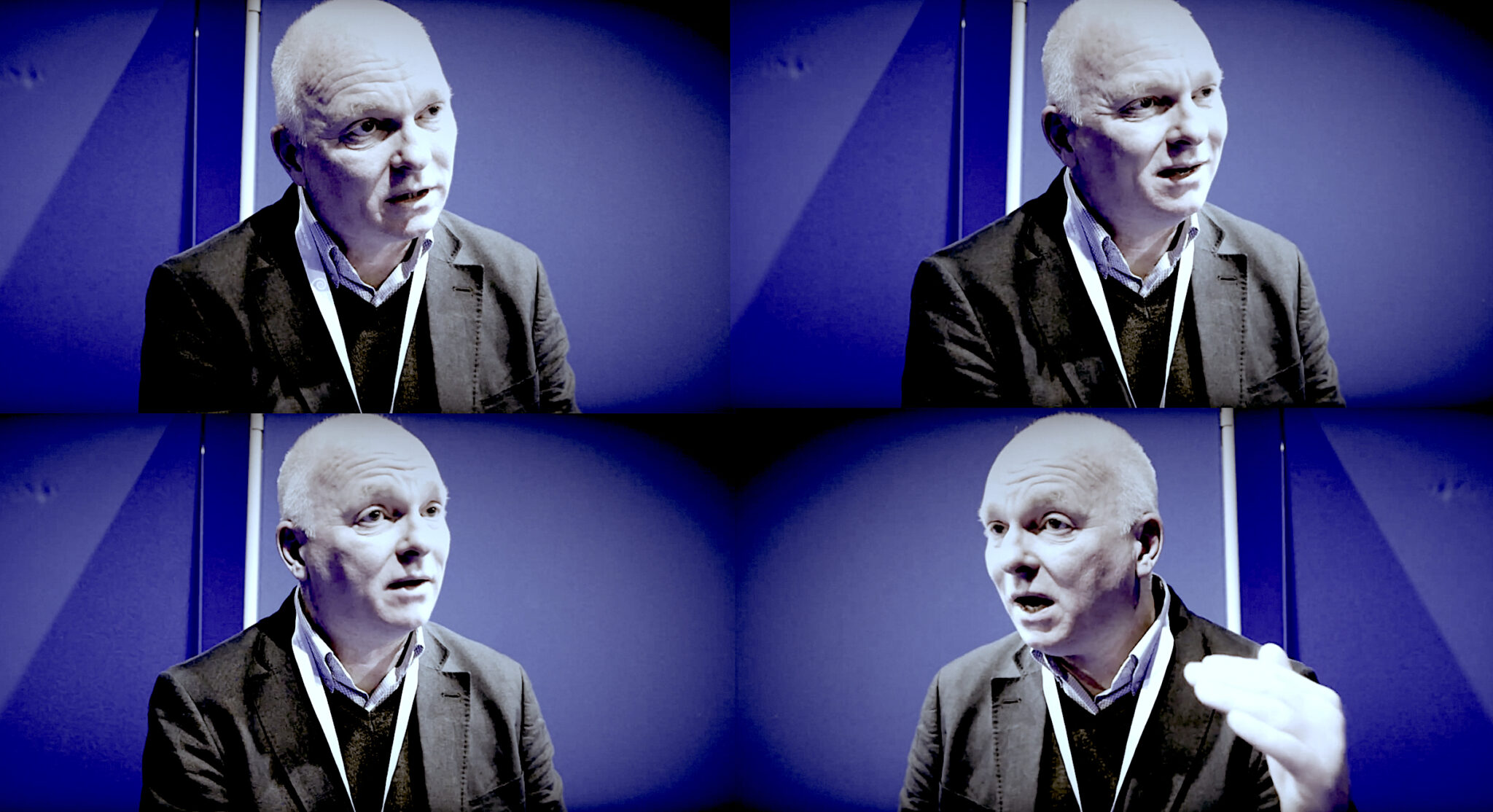“Users can tolerate more noise without losing speech intelligibility”
INTERVIEW
Audio Infos Spain met Enrique López-Poveda, Director of the Degree in specialisation in audiology USAL and head of research team in charge of developing the technology to reproduce natural binaural audition.

How did you get the idea to use implants to enhance binaural hearing?
Thanks to a number of studies, we already know that both ears are connected through the brain, and that this connection is most probably what helps us communicate in noisy environments. We also know that cochlear-implant (and hearing-aid) users do not have this connection, and therefore experience greater difficulties communicating in noise. Consequently, it seemed obvious that we could offer enhanced communication capabilities in this type of environment by creating sound processors which simulate this connection. And it worked.
What limitation or challenges do you hope to improve? Ultimately, what is the challenge you hope to address through this research project?
Our goal is to improve the ability of cochlear implant users to communicate in noisy environments. This has long been the Holy Grail of medical research in our field. Implant users can communicate fairly well in silent environments. Unfortunately, in noisy environments, such devices do not offer the desired level of performance.
How does the collaboration between the Institute of Neurosciences of the University of Salamanca and MED-EL work? What role does each entity play, and who provides what?
Our research in this field started seven years ago. Four years ago, we started to see the benefits of this technology. We have a long-standing relationship with MED-EL, having partnered with them over the last 11 years on a number of academic and research projects. For that reason, when we saw the first encouraging results, we contacted them to inform them, and to ask for financial support to continue this line of research. MED-EL was interested in the project as well as in the associated technology. They offered to fund three years of research. After this initial period, our findings were so positive that they decided to purchase our patent and extend it to more countries, and they funded a further three years of research. We have already managed to prove this system’s efficency in a laboratory setting. Therefore, our goal over the next couple of years is to optimize the technology and ensure that it is beneficial in more realistic conditions and that it can benefit the greatest number of users.
Could this breakthrough also be applied to hearing aids?
I believe so. We are currently developing a version of our technology which is adapted to hearing aids. Hearing-aid users struggle to communicate in noisy environments, and this could be caused by the same (or a similar) reason as the difficulties experienced by cochlear-implant users. So the same reasoning can be applied to hearing aids, and we are currently working toward that. Were we to succeed, it would have a positive impact on some 300 million potential hearing-aid users.
Who took part in the prototype tests which were conducted in the United States? Are more tests scheduled to take place elsewhere?
To date, we have tested this technology on ten people: four Americans, one German and five Spaniards. Among the latter, two were children, aged 8 and 9. These tests showed that, on average, they were able to tolerate more noise without losing speech intelligibility. The benefits vary from one person to another for reasons which are still unclear. For this next phase, our goal is to extend the trials to at least 20 more people. We are looking for volunteers who are equipped with a bilateral MED-EL cochlear implant, from all around the world, and preferably who can speak English, German or Spanish, i.e. the languages in which we can conduct the tests. The tests should preferably take place in Salamanca, Spain. Failing this, the tests can be conducted in the laboratory of our friend and partner Blake Wilson, in Durham, North Carolina. Five of the initial ten people of the initial population were tested were tested in his laboratory.
Photo: USAL


